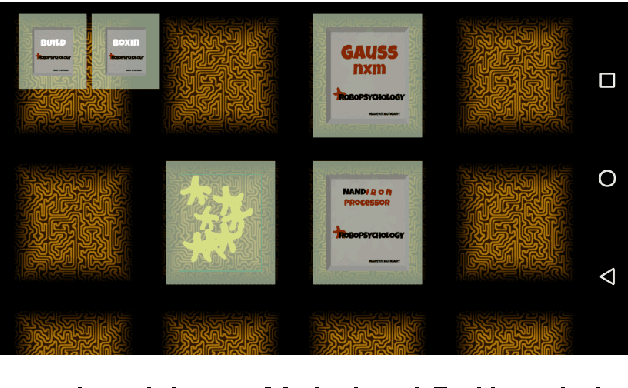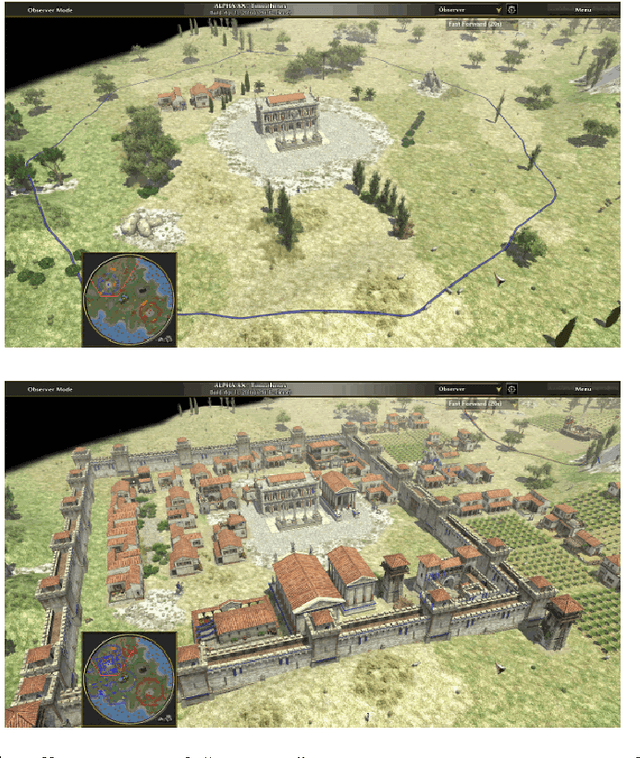Gergő Bogacsovics
On the notion of number in humans and machines
Jun 27, 2019



Abstract:In this paper, we performed two types of software experiments to study the numerosity classification (subitizing) in humans and machines. Experiments focus on a particular kind of task is referred to as Semantic MNIST or simply SMNIST where the numerosity of objects placed in an image must be determined. The experiments called SMNIST for Humans are intended to measure the capacity of the Object File System in humans. In this type of experiment the measurement result is in well agreement with the value known from the cognitive psychology literature. The experiments called SMNIST for Machines serve similar purposes but they investigate existing, well known (but originally developed for other purpose) and under development deep learning computer programs. These measurement results can be interpreted similar to the results from SMNIST for Humans. The main thesis of this paper can be formulated as follows: in machines the image classification artificial neural networks can learn to distinguish numerosities with better accuracy when these numerosities are smaller than the capacity of OFS in humans. Finally, we outline a conceptual framework to investigate the notion of number in humans and machines.
Entropy Non-increasing Games for the Improvement of Dataflow Programming
Feb 14, 2017



Abstract:In this article, we introduce a new conception of a family of esport games called Samu Entropy to try to improve dataflow program graphs like the ones that are based on Google's TensorFlow. Currently, the Samu Entropy project specifies only requirements for new esport games to be developed with particular attention to the investigation of the relationship between esport and artificial intelligence. It is quite obvious that there is a very close and natural relationship between esport games and artificial intelligence. Furthermore, the project Samu Entropy focuses not only on using artificial intelligence, but on creating AI in a new way. We present a reference game called Face Battle that implements the Samu Entropy requirements.
 Add to Chrome
Add to Chrome Add to Firefox
Add to Firefox Add to Edge
Add to Edge